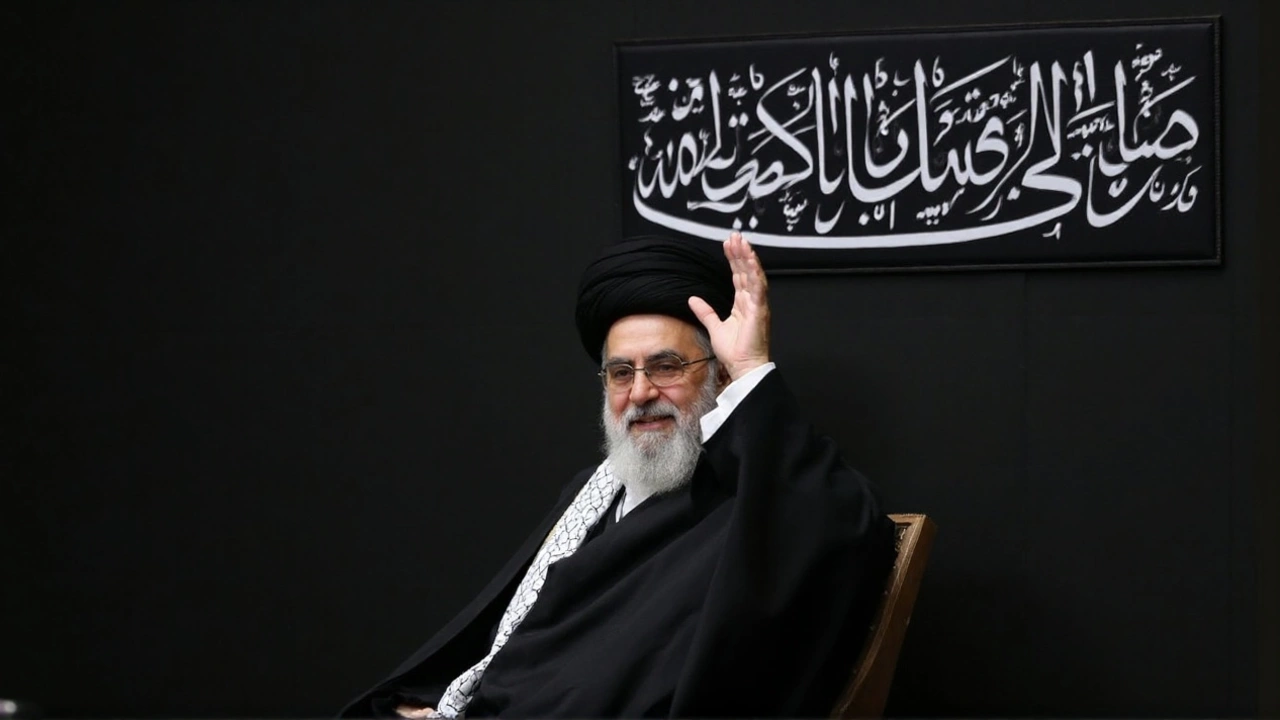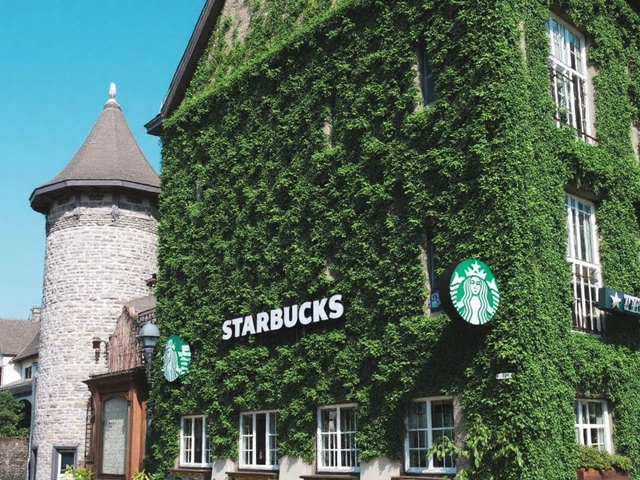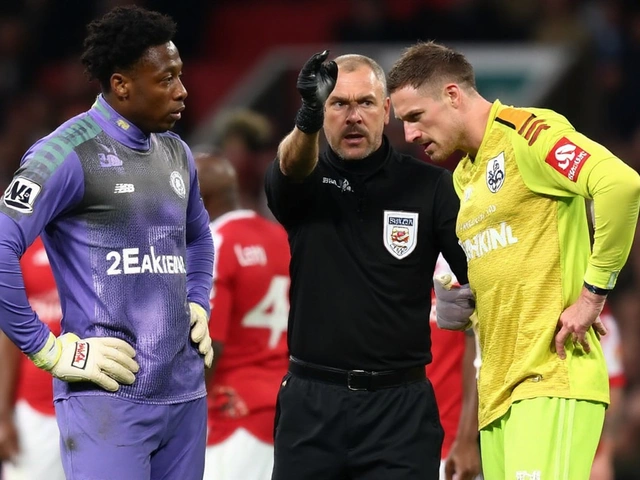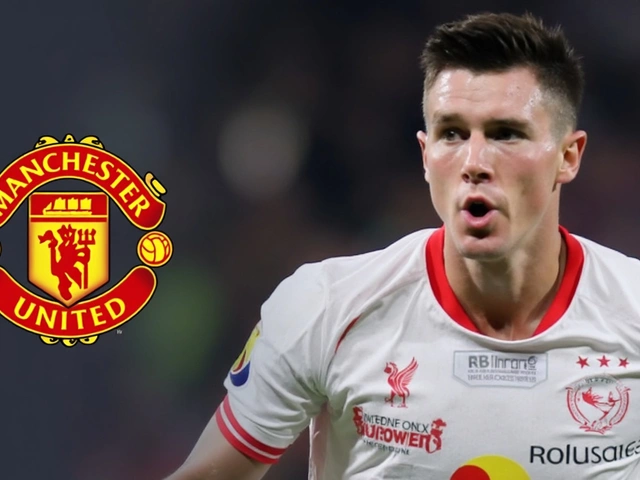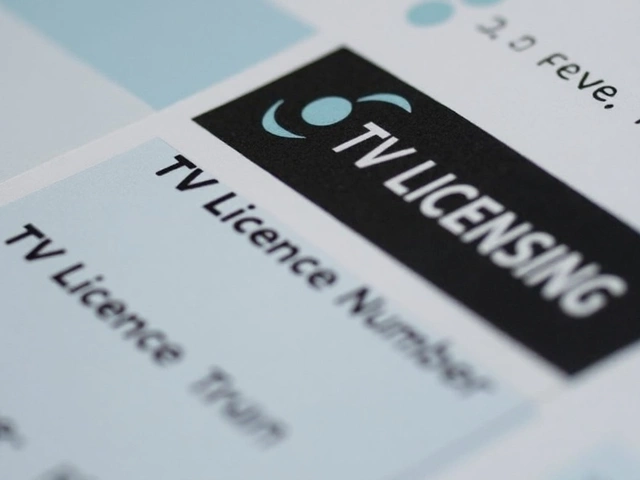Ayatollah Khamenei – A Quick Look at Iran’s Supreme Leader
If you’ve ever skimmed the news about Iran, the name Ayatollah Khamenei probably popped up more than once. He’s the person who pulls the strings behind the scenes, decides on big foreign moves, and has a say in everyday life for millions of Iranians. Below we break down his background, how he got to the top, and why his decisions still matter across the globe.
How He Got Here: From Cleric to Supreme Leader
Born in 1939 in Mashhad, Khamenei grew up in a religious family and entered the clergy at a young age. By the time the 1979 Iranian Revolution shook the country, he was already a known figure in the revolutionary circles. After the Shah was toppled, Khamenei earned the trust of Ayatollah Khomeini, the revolution’s leader, and took on several key posts, including president of Iran from 1981 to 1989.
When Khomeini died in 1989, the constitution was tweaked so that the Supreme Leader could be chosen from a broader pool of religious scholars. Khamenei’s close ties to the founding rebels and his political savvy earned him the role. Since then, he’s been the highest authority in Iran, outranking even the president and parliament.
What He Does: Power, Policy, and Influence
Being Supreme Leader means Khamenei controls the armed forces, the judiciary, and the state’s broadcast media. He also appoints the heads of the powerful Guardian Council, which vets candidates for elections. In practice, this gives him the final say on everything from nuclear talks to domestic dress codes.
On the international stage, Khamenei’s voice is often heard in the country’s stance toward the U.S., Israel, and the Gulf states. His speeches on nuclear negotiations have shaped the course of the Joint Comprehensive Plan of Action (JCPOA) and its aftermath. Domestically, his views on social issues influence everything from women’s dress codes to university curricula.
Critics say his rule stifles freedom of expression and limits political competition. Supporters argue he provides stability in a region riddled with conflict. Either way, his decisions ripple far beyond Iran’s borders, affecting oil markets, refugee flows, and diplomatic talks.
For anyone trying to make sense of Middle‑East headlines, keeping an eye on Khamenei’s statements is a shortcut to understanding Iran’s next move. Whether he’s warning about sanctions, calling for regional solidarity, or endorsing a new domestic reform, his words set the tone for the country’s policy direction.
In short, Ayatollah Khamenei is more than a religious title – he’s the political engine that drives Iran. Knowing his background, the way he gained power, and the areas he controls helps you cut through the noise and see why his name shows up again and again in global news.
Kieran Lockhart, Aug, 26 2025
Iran defies Trump: Khamenei vows 'we will not surrender' as war risk rises
Ayatollah Ali Khamenei rejected Donald Trump’s call for Iran’s “unconditional surrender,” warning that any U.S. military action would cause “irreparable harm” to America. The remarks followed Israeli strikes on Iranian targets and Trump’s claim of U.S. air dominance over Iran. With U.S. warplanes heading to the region and both sides trading threats, fears of a broader war are mounting.
View More